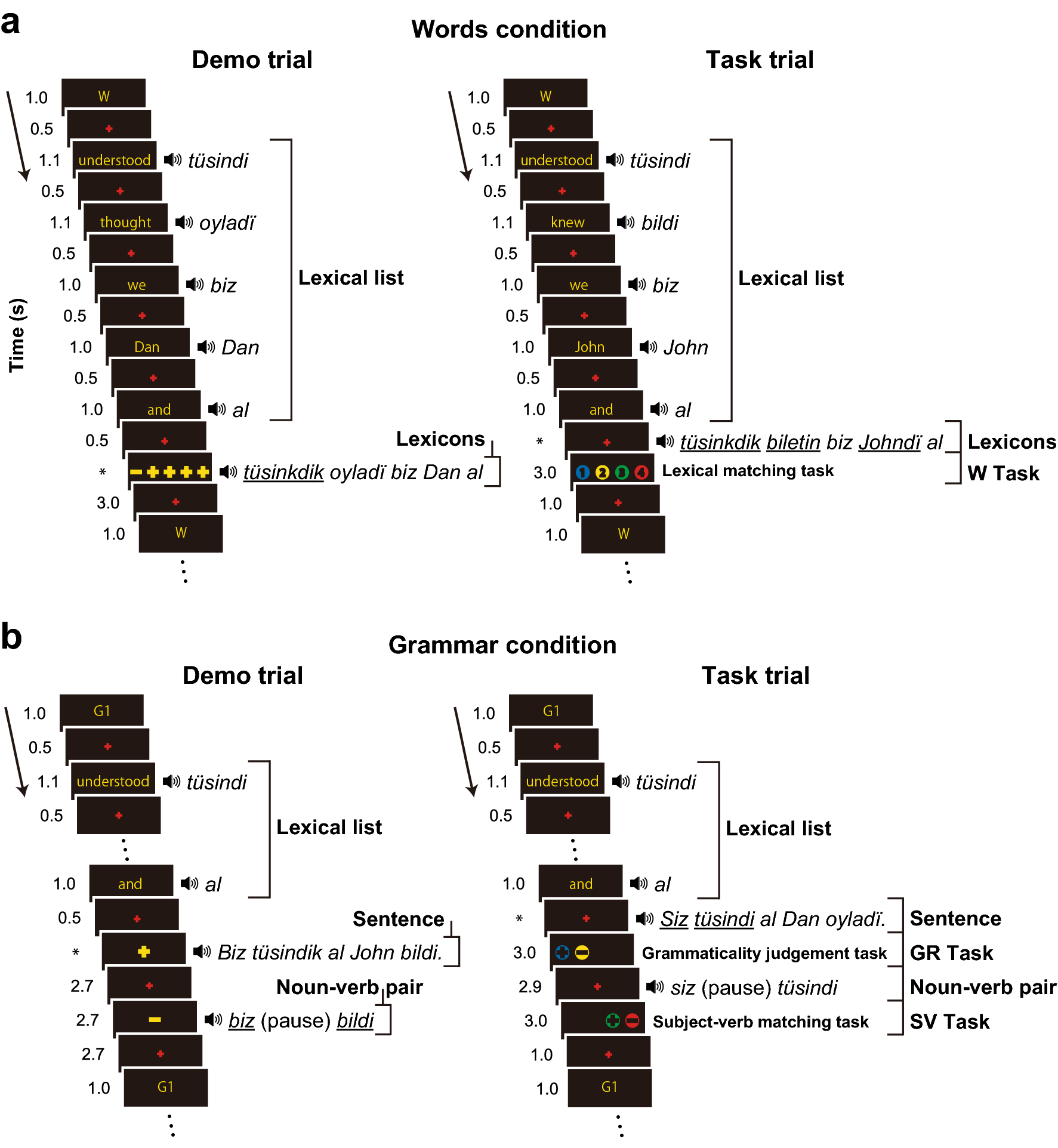

This is shown on the Fletcher-Munson curve below.

Humans perceive different frequencies at different volumes. This may not be desirable, an example would be in mastering.Īnother problem is that RMS volume detection is not really like human hearing. This means that to make a group of audio files the same volume we may need to turn them all down so that none of their peaks clip (goes over 0 dBFS). We are still limited to the fact that digital audio can’t go above 0 dBFS. This method is closer to how the human ear works and will create more natural results across varying audio files. It takes an average and calls that the volume. There may be large peaks, but also softer sections. This considers the “overall” loudness of a file. In digital audio you can’t get any louder than the highest peak at 0 dBFS, so normalizing to this value will create the loudest file you can. This is the best method if you want to make the audio as loud as possible. This only considers how loud the peaks of the waveform are for deciding the overall volume of the file.
Wavelab 8.5 matlab how to#
We must first decide how we are going to measure the volume in the first place before we can calculate how to alter it, the results will be very different depending on what method we use. There are different ways of measuring the volume of audio. What is the best method to normalize audio? Often normalizing audio just won’t work for matching volume levels, mastering engineers need not loose any sleep. While this is a huge advantage, it can’t replace compression as it can’t affect the peaks in relation to the bulk of the sound. Normalization can be done automatically without changing the sound as compression does.

It may be individual snare hits or even full mixes. If you have a group of audio files at different volumes you may want to make them all as close as possible to the same volume.


 0 kommentar(er)
0 kommentar(er)
